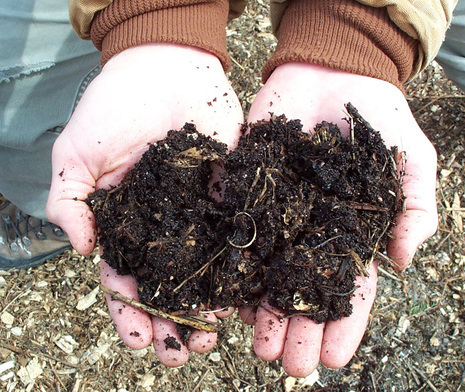Of course, some of these are obvious, but it’s important to note exactly what’s safe and useful to throw in your compost bin or pile. If you haven’t started, now its the perfect time, as the falling leaves and dying summer plants (tomato vines, corn stalks, etc) are the perfect compost fodder.
This list covers a wide range of organic materials suitable for composting. Be sure to check the recommendations for your specific compost system. Many municipal composting programs allow for meat, fish, and dairy composting, but those aren’t things you would want to include in your backyard composting.
Remember to balance green (nitrogen-rich) and brown (carbon-rich) materials for optimal composting.
- Paper napkins
- Paper towels
- Egg cartons
- Cardboard boxes
- Brown packing paper
- Shredded newspaper
- Pizza boxes (ripped into small pieces)
- Toilet paper rolls (shredded)
- Paper towel rolls (shredded)
- Eco-friendly compostable sponges
- Cotton string
- Paper grocery bags
- Post-it notes
- Junk mail
- Flowers
- Pet hair
- Potash rock
- Wood chips
- Pine needles
- Pine cones
- Acorns and other fallen seeds
- Leaves
- Grass clippings
- Hay
- Weeds
- Twigs
- Small branches
- Rope
- Vines
- Freezer-burned vegetables
- Freezer-burned fruit
- Freezer-burned fish
- Popcorn
- Stale bread
- Coffee grounds
- Coffee filters
- Tea grounds
- Tea bags
- Egg shells
- Potato peelings
- Corn cobs
- Avocado pits
- Cooked or uncooked pasta and rice
- Dry pasta and rice
- Dry cereal
- Expired spices
- Tofu and tempeh
- Cooked and dry beans
- Nuts and seeds
- Nut shells
- Nut butters
- Protein powder
- Muffin wrappers
- Byproducts of fermentation, such as sourdough discard and kombucha scobies
- Fruit scraps (e.g., apple cores, banana peels)
- Vegetable scraps (e.g., carrot tops, potato peels)
- Citrus peels (e.g., lemon peels, orange peels)
- Jams and jellies
- Broccoli and cauliflower stems
- Tops of vegetables, like carrots, beets, radishes, etc.
- Onion skins
- Garlic skins
- Matches
- Lint
- Wood ashes
- Seaweed and kelp
- Chicken manure
- Rabbit manure
- Cow manure
- Bird cage cleanings
- Pet food
- Brewery wastes
- Hoof and horn meal
- Molasses residue
- Unpaid bills
- Hair clippings
- Sawdust
- Alfalfa
- Winter rye
- Grapefruit rinds
- Pea vines
- Houseplant trimmings
- Soil from houseplants
- Wine corks
- Toothpicks
- Cotton fabric (cut into small pieces)
- Wool fabric (cut into small pieces)
- Hemp fabric (cut into small pieces)
- Silk fabric (cut into small pieces)
- Linen fabric (cut into small pieces)
- Cotton swabs (with cardboard sticks)
- Cotton balls
- Produce rubber bands
- Dryer lint (from natural fibers)
- Fireplace ashes (in moderation)
- Vacuum cleaner dust (from natural fibers)
- Wreaths
- Garlands
- Christmas trees
- Pumpkins
If you’re new to composting, be sure to check out, Composting Made Easy: A Beginner’s Guide.

Thanks for the starter list, my favourite of all was “unpaid bills”
And dryer lint. Wish I’d seen this yesterday, I spent most of the day in the yard find put all the leaves into our little chimnea, if it ever cools off enough to have a fire, it’s still in the 90’s.